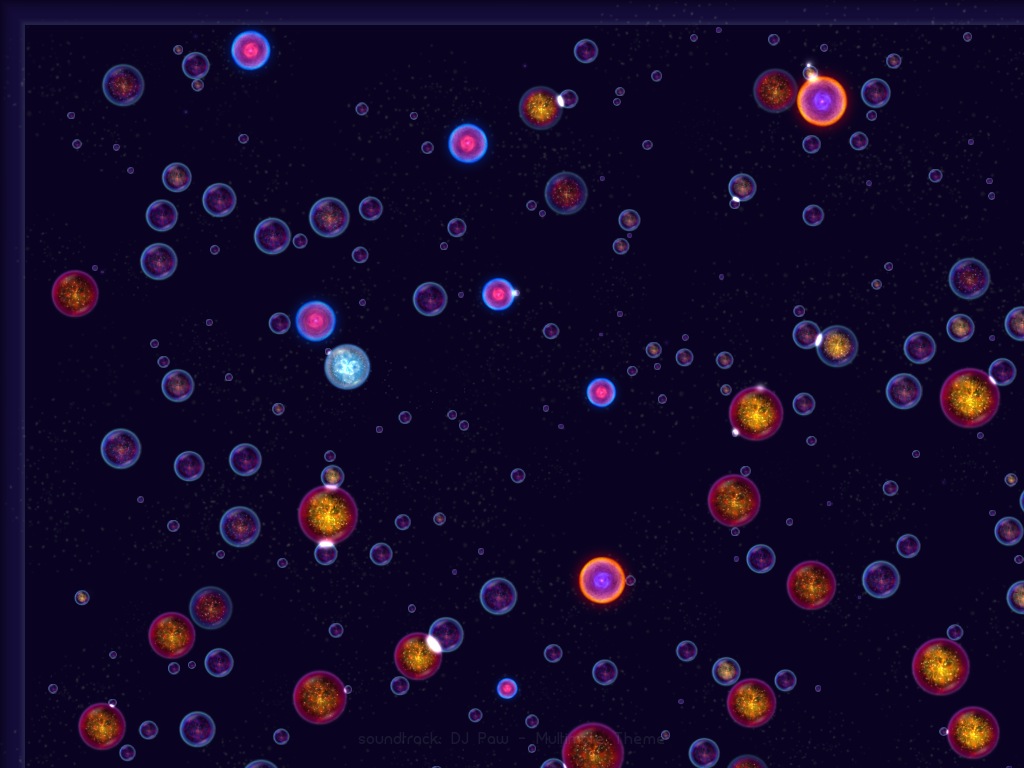
Towards Minimalist Game Design is a paper written by the designer of Osmos and Canabalt, two critically acclaimed independent games.
Download the PDF
Read the text and write a response down here in the comment section.
Some starting points:
– What do the authors mean by minimalism in game design?
– Can you think of other examples of minimalist games?
– Can you think of other parallels between game design and minimalism in other fields such as music, visual arts, architecture etc?
